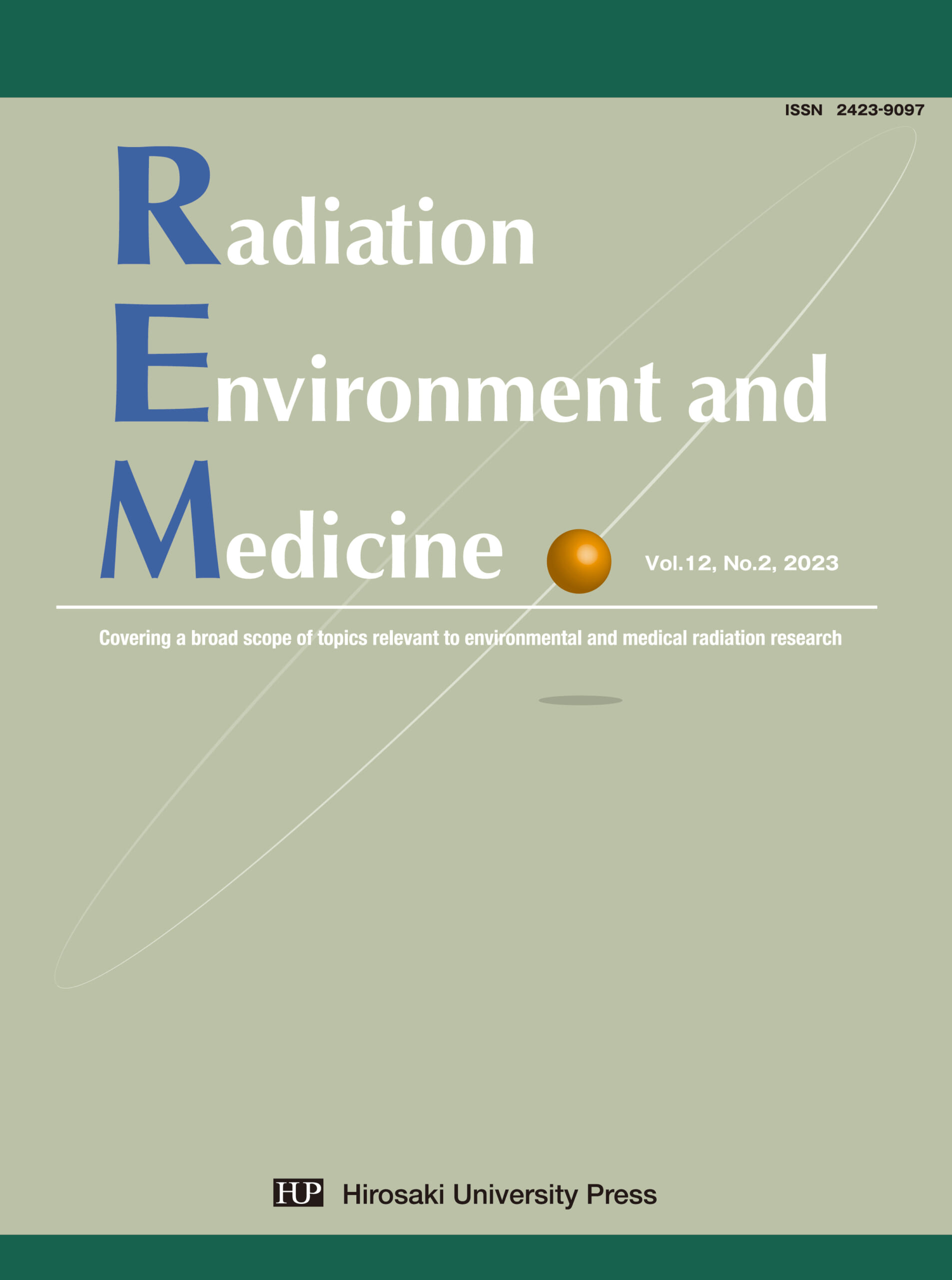Biophysical Simulations for Estimating Biological Effects after Exposure to Ionizing Radiation: Current State and Future Prospects
View article content
Yusuke Matsuya1, 2* and Ryo Saga3
1 Faculty of Health Sciences, Hokkaido University, Kita-12, Nishi-5, Kita-ku, Sapporo 060-0812, Japan
2 Nuclear Science and Engineering Center, Japan Atomic Energy Agency, Shirakata 2-4, Tokai 319-1195, Japan
3 Department of Radiation Science, Graduate School of Health Sciences, Hirosaki University, 66-1 Hon-cho, Hirosaki, Aomori, 036-8564, JAPAN
- Abstract
Monte Carlo radiation transport simulations and biophysical models are powerful tools to evaluate the biological effects after exposure to ionizing radiation in radiation protection and radiation therapy. During human body exposure to radiation, DNA lesions as an early biological response are induced by energy deposition, leading to cell death with a certain probability. Thus, conducting translational studies focusing on radiation physics, cellular biology, and oncology is warranted. Herein, two simulation tools for predicting biological effects are introduced, that is, Particle and Heavy-Ion Transport code System (PHITS) and integrated microdosimetric-kinetic model (IMKM). To date, the PHITS code, which implements track-structure calculation at a DNA scale, allows estimation of the DNA damage yields through electrons and protons in various forms, such as single-strand break (SSB), double-strand break (DSB), and complex DSB (that is DSB coupled with additional strand breaks within 10-bp separation). Meanwhile, the IMKM which was developed to consider microdosimetry, the DSB damage responses and heterogeneous cell population can successfully reproduce experimental cell surviving fraction for various irradiation conditions, which can realize the translational study between in vitro cell survival and clinical tumor control probability in cancer treatment. These models would allow a precise understanding of cellular responses after exposure to ionizing radiation. Throughout this review, we discuss the latest status and future prospects of these simulation tools.



